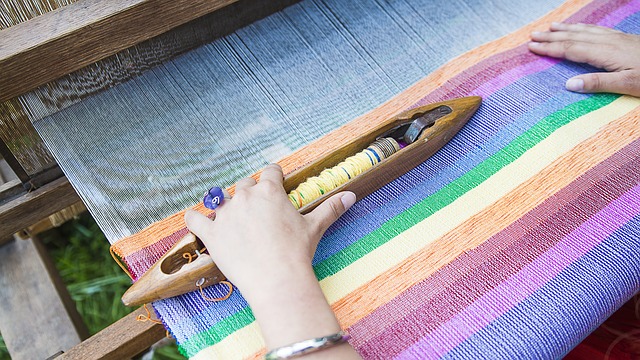

Fashion is an industry that sometimes flies under the radar in terms of its environmental impact. And while it has always had these effects, the industry has increased production drastically in the last few years alone. With this change comes more energy and water consumption, more air and ocean pollution and more carbon emissions.
The fashion industry produces approximately 10% of the world’s carbon emissions. This number will increase as “fast fashion” does as well. With climate change becoming more of a threat with each day, people are looking into ways to push back against fast fashion.
But what exactly is fast fashion?
What Is Fast Fashion?
Fast fashion is a term that refers to the increase in the production of clothing. With the internet being as necessary and popular as it is, trends are changing constantly. And clothing brands want to stay connected and keep up with those trends.
With supply and demand necessities and pressures to fulfill capitalistic demands, the industry is at a peak of production that it hasn’t seen before. People buy more clothes, get rid of them faster and look for the cheapest options. This dynamic is a cycle.
Companies are putting out more clothing options and collections than ever. Zara, for instance, is one of the biggest fashion retailers in the world. In 2012, they produced 840 million articles of clothing.
With production that high, the environmental effects increase drastically.
The Effects of Fast Fashion
Clothing production has approximately doubled since 2000, and it doesn’t show signs of slowing down. With the increase comes more impacts on the environment than ever before.
On top of the industry’s CO2 emissions, it also affects water consumption and air and ocean pollution. It’s the second-largest consumer of water. And many of the clothes and particles end up in landfills and oceans.
The microplastics in clothes are non-biodegradable and pollute the water. And the production of the clothing uses a significant amount of energy resources and gives off carbon emissions.
With fast fashion increasing, so will these affects. But the environment isn’t the only area of vulnerability.
Worker treatment and wages are an area for concern and attention. Many factories that produce fashion garments all over the globe do not provide healthy working conditions or fair wages for their employees. The higher and faster the demand for clothes, the more they will have to work.
The promise of sustainability only goes so far with certain companies. Some guarantee eco-friendly production and materials, while others use it as a marketing tacting. Sustainability affects the environment and all people, which is why it is necessary to get involved.
How Can You Help?
You may want to get active to help change your role or involvement with clothing purchases. Luckily, there are small ways that can make a big difference when shopping.
First, know who made your clothes. This will take a bit of research, but you can look into your favorite brands and see where their clothes come from. Are they a sustainable company? What does the production process look like?
From there, you may either choose to continue buying from that brand or spend elsewhere. A good alternative to the bigger companies is small businesses. If you find a small business that has sustainable production, it might be a better investment for you.
Sustainable clothing also requires eco-friendly materials. Recycled versions of cotton, wool, nylon or polyester are better for the environment than anything non-recycled. These will have an easier time biodegrading.
Linen and hemp are becoming popular, too. So, keep an eye out for the best materials for sustainability and production.
Consider clothing swaps and donating as well. Since clothes are recently getting less and less of a shelf-life, trading or donating clothes can keep their usefulness going. It could also help someone in need, too.
Finally, consider buying less of something inexpensive and opt for something more durable. For example, go for the $20 t-shirt instead of the three-pack of t-shirts for $10. Consider how much you’ll wear them and weigh their production effects, and see which is more sustainable for you to buy.
Though fast fashion does pose an environmental threat, these tips can help you bring about small changes that can lead to something bigger. Think of the movement for plastic straw alternatives. People came together and spoke, and companies listened.
Changes on a small scale that come together have the ability to create change at the industry level.



